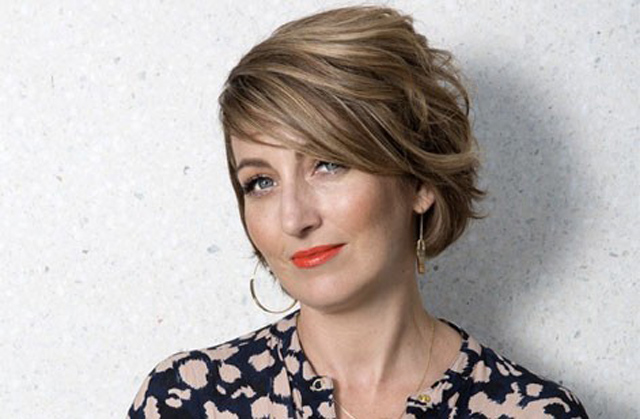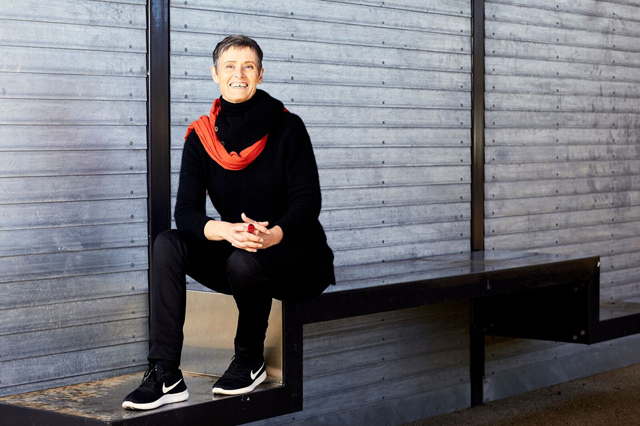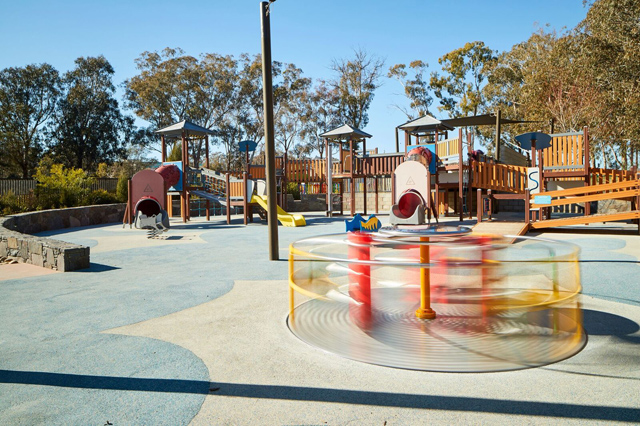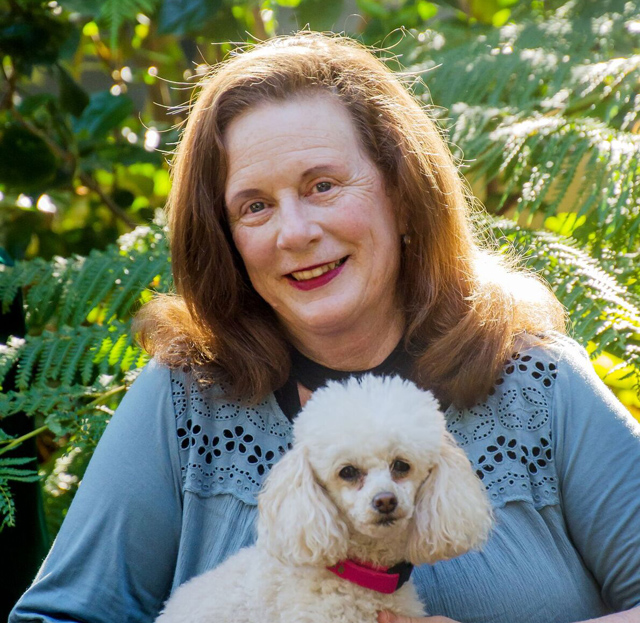Transforming Canberra
Ranked as one of the world’s most liveable cities in 2017 by Lonely Planet, Canberra has forged a reputation as a must visit destination. Rich in history, culture and entertainment, the nation’s capital packs a punch with its award-winning bars and restaurants, cultural institutions and outdoor activities.
Surrounded by national parks, Canberra is a wonderful balance of country landscapes with city benefits. Its unique foundation means it is large enough to host an international airport, yet small enough that strangers still acknowledge one another when walking the streets.
While Canberra is adjusting to its new-found ‘cool’ status and shedding its public service skin, there are numerous individuals and organisations who have worked hard to transform the city into a mecca of arts, food, adventure and excitement. Many of the individuals who have helped to influence Canberra are graduates of the University of Canberra and leaders in the fields of communications, marketing, landscape, education and design, not only locally but across the globe.

Placing Canberra firmly on the map in the digital space is alumna Amanda Whitley, founder and director of HerCanberra, a website and publishing house designed to connect locals with their city and each other. By celebrating Canberra’s diverse range of people, events and opportunities, HerCanberra has become a must-read resource that attracts over 125,000 monthly readers across the globe.
Finding herself on extended maternity leave following the premature birth of her daughter, Ms Whitley discovered how disconnected Canberra could be and saw the opportunity to build something that would connect locals digitally. The content for HerCanberra, both online and in print, has developed a fiercely loyal community that highlights the demand for local stories.
“I’d like to think that we are leaders in the communication space and that we provide high-quality content,” Ms Whitley said. “It’s easy to slap a media release up, but our magazine takes time, money and effort to create and I think Canberra deserves something like that.”
Ms Whitley highlights the reduction in investment in regional media, particularly print journalism, and how her team have been working hard to avoid that same fate. Adapting to the changes of traditional journalism roles, HerCanberra has become comfortable in creating content across multiple disciplines and channels, developing a team of editors, writers, event organisers, promotors, marketers and advocates for the community.
Since its beginning, the organisation has shed light on numerous issues that affect women in the community, including domestic violence, mental health and disability.
“It was always planned to be engrained in the community, with events to connect with people in real life. To me, our work is really satisfying and inspiring – it’s having an impact.”

The changes to the physical landscape and urban development have also had an impact on Canberra. Since the 1960s the city’s population has increased steadily, growing from 60,000 to over 400,000 in 2017, bringing with it an influx of commercial and residential development. At this intersection of economic, social and political forces shaping the city is ACT Government Architect Catherine Townsend. A Canberra College of Advanced Education graduate, Ms Townsend’s expertise and philosophy of work focus on ‘capturing the citizen voice’ in planning.
“One of my areas of attention as Government Architect is looking at how we can be more responsive to the rate of change,” Ms Townsend said.
As a campaigner for high-quality design in Canberra, Ms Townsend has been consistently involved with the community since joining the Institute of Architects and co-founding Townsend + Associates
Architects, one of Canberra’s leading architectural firms. She also served two terms as President of the Australian Institute of Architects, the peak body for the profession. Ms Townsend said the Institute was a resource for developing greater awareness of how the profession sits not just in Canberra but the rest of Australia, and how architecture as an industry can correspond and create dialogue with the community.
“It’s important that we look at our city and the design problems in a holistic way, and to coordinate the points of views in a collective form,” she said.
Ms Townsend played a crucial role in fostering the conversation between various industry professionals and the heads of paraprofessional organisations, including the Master Builders Association, Housing Industry Association, the Property Council, Planning Institute and Institute of Landscape Architects, bringing them together to form a collegiate relationship that’s been beneficial to the city. Her most recent work is focused on implementing a city-wide Design Review Panel, which will in turn provide a much more detailed, responsive and nuanced way of procuring new developments.
“We have a very rich opportunity here to plan for the real and projected sustainability of the city. We need to think freely and creatively to apply best scholarship to Canberra and ensure that the future is the one we want.”

Another pioneer for the Canberra design industry is Neil Hobbs, a leading landscape architect, founding partner of Harris Hobbs Landscapes and graduate of the University of Canberra. As the landscape character of Canberra has evolved over the years with greater population density, Mr Hobbs has been at the forefront of these changes.
Much of his work has centred around large public spaces, specifically in the education sector. He has contributed to the campus development of both the University of Canberra and the Australian National University, as well as many other playgrounds at various facilities. His work transcends traditional urban environments, completing work for Namadgi National Park, Tidbinbilla Nature Reserve and Morton National Park.
Mr Hobbs believes that public spaces and urban landscapes have provided space for creative and innovative design. One of his greatest achievements as both a professional and philanthropist is his work on the Boundless all-abilities playground. The first of its kind in Canberra, the design allows children with and without disabilities to play together in an environment without physical restrictions and represents a newfound appreciation for old-fashioned outdoor play.
“It is encouraging to see a change back to an earlier time where risk is considered desirable – playgrounds had become very risk-averse, and this has changed with a swing back to natural play,” Mr Hobbs said. “I’m glad to see Canberra embracing these ideas.”
From the physical design of educational resources to the theoretical development, Canberra has established itself as an education hub. University alumna Careen Leslie and former Director of the Wiradjuri Centre has been a leading figure in this change. With a career spanning over 30 years, Ms Leslie’s leadership saw the Wiradjuri Centre become one of the most in demand in Canberra.
“Early education is the beginning of the lifespan and it is rewarding to educate young children who are naturally inquisitive and full of wonder,” she said. “Working with the fastest growing minds while developing a creative approach to teaching has been a fabulous challenge.”

During her time at the University, Ms Leslie managed the student-led preschool, introducing a new work-integrated learning model that incorporated research – a cutting-edge idea at the time. Working with the Faculty of Education, Science, Technology and Mathematics, she developed teaching videos to assist early childhood teachers working with three to five-year-olds. The program has been implemented across Australia.
Having mentored 150 early childhood teachers directly, Ms Leslie also tutored undergraduate students and was the course convener of the University’s early childhood degree. She was instrumental in managing the long-term relationship between the University and the Canberra Institute of Technology, collaborating on the design and delivery of the degree in early childhood education.
“The experience set me up for new innovative ways of thinking and programs that challenged the sector at the time. Over the years that was extremely satisfying as an educator.”
As for what’s ahead, Ms Leslie said Canberra will only continue to grow as an exciting, accessible and education-focused city.
“Canberra is well situated to continue to be a leader in early education. This, alongside the many early childhood education and care centres, provide excellent environments for young children to become inquisitive learners and set them on a learning pathway for the rest of their lives. In turn, this will benefit the community and our future.”
With deep roots in the nation’s capital, members of the University’s alumni community continue to serve as powerful figures driving economic development, social wellbeing, creative thought and public discourse.
Words by Stephanie Cossetto
 | Amanda WhitleyBachelor of Arts in Communication, University of Canberra (1994)Amanda is the Founder and Director of HerCanberra. HerCanberra is the capital's go-to resource for all things food, fashion fitness, business, culture and lifestyle. You can contact Amanda via the HerCanberra website. |
 | Catherine TownsendBachelor of Applied Science in Environmental Design, University of Canberra (1980)At the intersection of economic, social and political forces shaping the city is ACT Government Architect Catherine Townsend. A Canberra College of Advanced Education graduate Ms Townsend's expertise and philosophy of work focus on capturing the citizen voice in planning. You can contact Catherine via her Townsend and Associates website. |
 | Neil HobbsBachelor of Landscape Architecture, University of Canberra (1985)Neil is a leading landscape architect, founding partner of Harris Hobbs Landscapes and graduate of the University of Canberra. As the landscape character of Canberra has evolved over the years with greater population density, Mr Hobbs has been at the forefront of these changes. You can contact Neil via the Harris Hobss website. |
 | Careen LeslieBachelor of Education, University of Canberra (1987)Careen Leslie is the former Director of the Wiradjuri Centre with a career spanning over 30 years under leadership saw the Centre become one of the most in demand in Canberra. |

